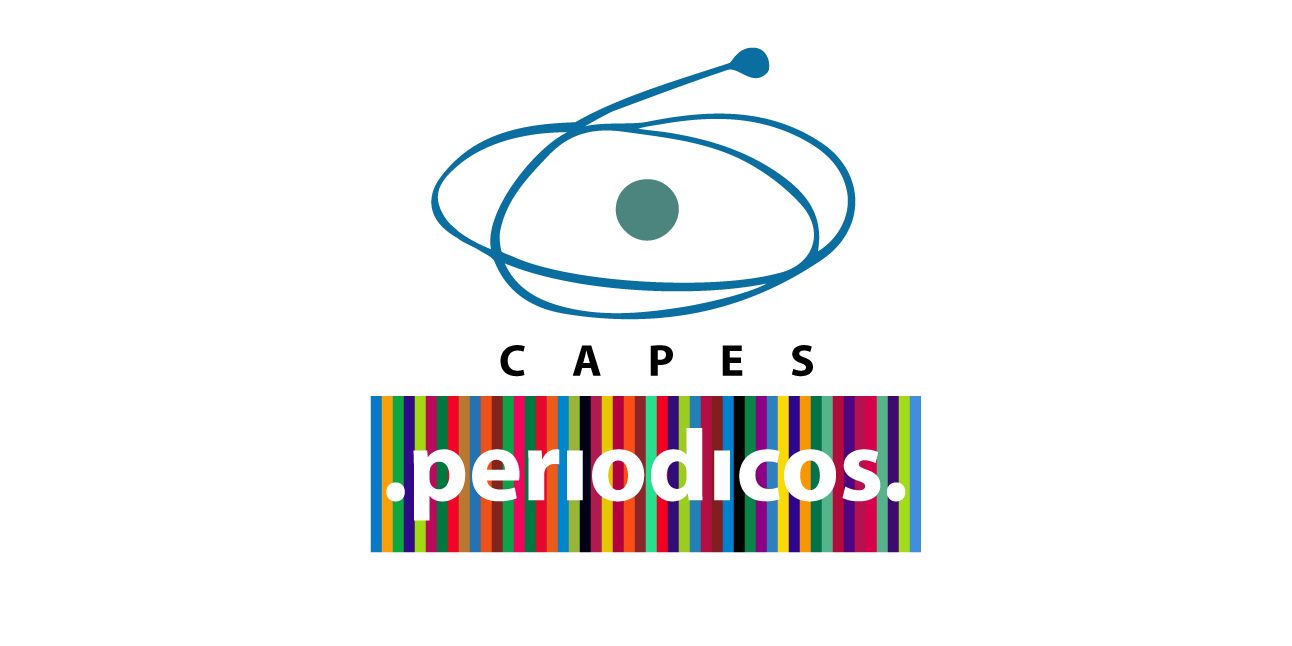Efeito da Aplicação do eCG na Taxa de Aproveitamento e de Prenhez em Receptoras de Embriões
Palavras-chave:
Cio, Embrião, Prenhez, Sincronização, Fertile Period, Embryos, Pregnancy, Synchrony.Resumo
A taxa de prenhez de receptoras de embriões é um dos pontos mais importantes na transferência de embriões e na FIV (fertilização em vitro). Para isto foi realizado um experimento na fazenda do Cesumar, no período de janeiro a maio de 2006, sendo utilizadas 360 receptoras cruzadas Simental X Nelore e Abeerdin Angus X Nelore, com peso médio de 380 kg. Os animais foram divididos em três tratamentos com 120 indivíduos cada, separados em piquetes de braquiária a céu aberto, todos sofrendo as mesmas alterações climáticas e recebendo água e sal mineral à vontade. Os animais foram sincronizados, e aqueles do tratamento 1 receberam um dispositivo intravaginal impregnado de progesterona (Cronipress-Biogenisis) e aplicação intramuscular de 2,0mg de benzoato de estradiol (Estrogin®). Oito dias após a inserção do implante os dispositivos foram retirados e aplicados 150 µg de clorprostenol (Veteglan®-Serono Produtos Farmacêuticos Ltda), e 24 horas depois foi aplicado 1,0 mg de benzoato de estradiol. Nos animais do tratamento 2 e 3 aplicaram-se 400 UI de eCG (Folligon-Intervet) no D5 e/ou em D8 (momento da retirada do implante) respectivamente. Não houve efeito de tratamento (p>0,05) na taxa de prenhez para os animais do tratamento 1, 2 e 3, no entanto a taxa de aproveitamento de receptoras foi maior nos animais que receberam eCG no D5 ou D8, na comparação com o controle. Assim podemos concluir que a aplicação do eCG melhora a taxa de aproveitamento de receptoras para a inovulação de embrião, mas não altera a taxa de prenhez, independentemente do dia da aplicação.Downloads
Publicado
2008-10-27
Como Citar
Vedana, C. H., Balestrin, R. A., Cavalieri, F. L. bim, Rigolon, L. P., Lourenço, F. J., Seko, M. B., … Ramos, F. dos S. (2008). Efeito da Aplicação do eCG na Taxa de Aproveitamento e de Prenhez em Receptoras de Embriões. Iniciação Científica Cesumar, 10(2), 141–143. Recuperado de https://periodicos.unicesumar.edu.br/index.php/iccesumar/article/view/634
Edição
Seção
Artigos de Iniciação Científica
Licença
A Revista se reserva o direito de efetuar, nos originais, alterações de ordem normativa, ortográfica e gramatical, com o intuito de manter o padrão culto da língua, respeitando, porém, o estilo dos autores. As opiniões emitidas pelos autores são de sua exclusiva responsabilidade.Juntamente com o e-mail de aceite (para casos de aprovação) será encaminhado modelo da Carta de Direitos Autorais que deverá conter o nome completo dos autores, bem como dados de documentos pessoais e assinada por todos os autores e coautores envolvidos no trabalho.
Autores mantém os direitos autorais e concedem à revista o direito de primeira publicação, com o trabalho simultaneamente licenciado sob a Licença Creative Commons Attribution CC-BY-NC que permite o compartilhamento do trabalho com reconhecimento da autoria e publicação inicial nesta revista.






